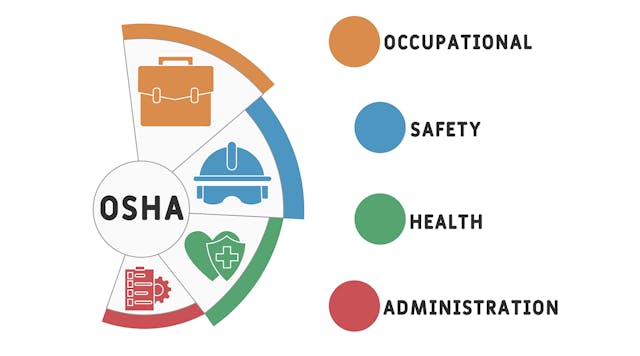Glassdoor, with its "unique data window into workplace satisfaction, culture and conversations," is offering its take on what will be dominant trends in the workplace for 2024:
Here is an excerpt from their report.
More Zoomers, Fewer Boomers
Gen Z, or Zoomers, is poised to overtake Baby Boomers in the full-time workforce by early 2024 – a shift that has been long coming.
Boomers were the largest generation in the full-time workforce from the late 1970s until late 2011. Gen X had a brief period of generational workforce dominance from 2012 to 2018, when Millennials overtook them. Millennials and Gen X still outnumber Gen Z, and Millennials are poised to dominate the workforce for many years to come. By our estimates, Gen Z won’t outnumber Millennials in the workforce until sometime in the early 2040s.
The coming year will still represent a pivotal moment of cultural change that U.S. companies cannot ignore as Gen Z workers – who care deeply about community connections, about having their voices heard in the workplace, about transparent and responsive leadership, and about diversity and inclusion – make up a rapidly growing share of the workforce.
Sticky Wages, Slippery Benefits
Conventional economics suggests that wages and salaries almost never decline in dollar terms for individuals who stay in the same job at the same company because most people have such a strong aversion to seeing smaller paychecks hit their bank account. Glassdoor data suggest that only about 7% -8% of workers who stay in their same job at the same employer in a typical year see their salary decline on an annual basis. In 2023, it’s tracking a touch higher at 10 percent, but employers looking to cut costs have more levers beyond salary.
While there may be an aversion to downward adjustment for wages and salaries, we know that during soft labor markets there are other dimensions of total compensation that commonly decline. These include hours worked (for non-salaried workers), equity and incentive-based compensation, and the company-contribution to the cost burden of benefits like health insurance or retirement plans. (Salaries may also decline when workers switch jobs, particularly if the change is involuntary.)
There is some evidence that benefits access has started to erode, a trend that could accelerate in 2024. Glassdoor benefits data suggest that the shares of employees with access to 401k plans, dental insurance, tuition assistance, commuter assistance, gym memberships and mobile phone discounts has declined, and the share reporting access to vision insurance has stagnated. These declines have, for the most part, been more pronounced in industries that experienced turmoil in 2023, such as tech and finance.
There are a small number of benefits that continued to rise in 2023: fertility assistance, adoption assistance, parental leave, and mental healthcare. During the tight jobs markets of 2021 and 2022, there was a widespread effort to make working more accessible for parents, or perhaps to attract Millennials on the cusp of their prime family-formation years. That tide could ebb – or even turn – in 2024 as labor is more available, and companies scrutinize costs and identify the benefits that are most (and least) important to their employees.
Malaise in the middle.
The middle seat is often the most uncomfortable, particularly during moments of turbulence. Amid cost cutting, layoffs, RTO and organizational flattening, things got uncomfortable for middle managers at large companies during the second half of 2023: They suddenly became the enforcers of sometimes unpopular corporate policies and the scapegoat for organizational bloat, while having to simultaneously ask more of their thinly stretched frontline teams.
The stress is showing in their job satisfaction: While Work-Life Balance ratings on Glassdoor were stable for more senior and more junior employees, there has been a sharp drop in ratings among middle managers at large companies.
There is little on the horizon to suggest that this trend will abate or reverse in 2024. There is risk here for companies. Middle managers are often skilled operators that navigate the murky decisions between high-level business priorities and brass tacks technical implementation. Derided as “management bloat” in some recent corporate announcements, they can and frequently do provide an essential function in large, complex organizations. Some middle managers will rethink their career paths and opt out toward individual contributor roles, but the corporate middle seat is unlikely to become any more comfortable.
Here is the full list of trends.










































































